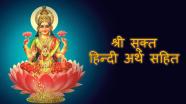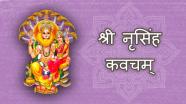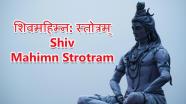There are four Vedas in Hinduism.
THE RIG VEDA: THE BOOK OF MANTRA
The Rig Veda is a collection of inspired songs or hymns and is a main source of information on the Rig Vedic civilization. It is the oldest book in any Indo-European language and contains the earliest form of all Sanskrit mantras, dating back to 1500 BCE- 1000 BCE. Some scholars date the Rig Veda as early as 12000 BCE - 4000 BCE.
The Rig-Vedic ‘samhita’ or collection of mantras consists of 1,017 hymns or ‘suktas’, covering about 10,600 stanzas, divided into eight ‘astakas,’ each having eight ‘adhayayas’ or chapters, which are sub-divided into various groups. The hymns are the work of many authors, or seers, called ‘rishis.’ There are seven primary seers identified: Atri, Kanwa, Vashistha, Vishwamitra, Jamadagni, Gotama and Bharadwaja. The rig Veda accounts in detail the social, religious, political and economic background of the Rig-Vedic civilization. Even though monotheism characterizes some of the hymns of Rig Veda, naturalistic polytheism and monism can be discerned in the religion of the hymns of the Rig Veda.
The Sama Veda, Yajur Veda and Atharva Veda were compiled after the age of the Rig Veda and are ascribed to the Vedic period.
THE SAMA VEDA: THE BOOK OF SONG
The Sama Veda is purely a liturgical collection of melodies (‘saman’).
The hymns in the Sama Veda, used as musical notes, were almost completely drawn from the Rig Veda and have no distinctive lessons of their own. Hence, its text is a reduced version of the Rig Veda. As Vedic Scholar David Frawley puts it, if the Rig Veda is the word, Sama Veda is the song or the meaning; if Rig Veda is the knowledge, Sama Veda is its realization; if Rig Veda is the wife, the Sama Veda is her husband.
THE YAJUR VEDA: THE BOOK OF RITUAL
The Yajur Veda is also a liturgical collection and was made to meet the demands of a ceremonial religion. The Yajur Veda served as a practical guidebook for the priests who execute sacrificial acts while muttering simultaneously the prose prayers and the sacrificial formulae (‘yajus’). It is similar to ancient Egypt’s “Book of the Dead.”
There are no less than six complete recessions of Yajur Veda--Madyandina, Kanva, Taittiriya, Kathaka, Maitrayani and Kapishthala.
THE ATHARVA VEDA: THE BOOK OF SPELL
The last of the Vedas, this is completely different from the other three Vedas and is next in importance to the Rig Veda with regard to history and sociology. A different spirit pervades this Veda. Its hymns are of a more diverse character than the Rig Veda and are also simpler in language. In fact, many scholars do not consider it part of the Vedas at all. The Atharva Veda consists of spells and charms prevalent at its time, and portrays a clearer picture of the Vedic society.
Tags:-
















